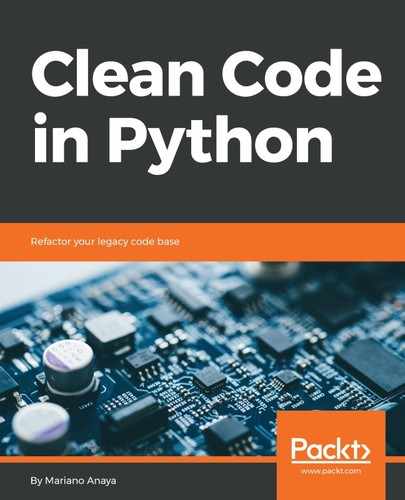Based on the methods we have just explored, we can make an important distinction among descriptors in terms of how they work. Understanding this distinction plays an important role in working effectively with descriptors, and will also help to avoid caveats or common errors at runtime.
If a descriptor implements the __set__ or __delete__ methods, it is called a data descriptor. Otherwise, a descriptor that solely implements __get__ is a non-data descriptor. Notice that __set_name__ does not affect this classification at all.
When trying to resolve an attribute of an object, a data descriptor will always take precedence over the dictionary of the object, whereas a non-data descriptor will not. This means that in a non-data descriptor if the object has a key on its dictionary with the same name as the descriptor, this one will always be called, and the descriptor itself will never run. Conversely, in a data descriptor, even if there is a key in the dictionary with the same name as the descriptor, this one will never be used since the descriptor itself will always end up being called.
The following two sections explain this in more detail, with examples, in order to get a deeper idea of what to expect from each type of descriptor.
